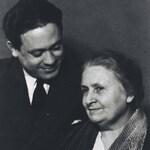How Montessori Teaches Reading
by Matt Bronsil, author of English as a Foreign Language in the Montessori Classroom

In 1980, Joy Turner published what is arguably the best article about Montessori reading development at that time entitled How do you Teach Reading? Below is a quote from that article.
The scheme Montessori gave us is simple:
The items in this list are not numbered because they are not a sequence; they are all taking place (or can be) at the same time, concurrently.
Preparation of the Hand
The mechanics of writing involve very difficult processes. A child has to be able to hold a pencil, control the pencil, and move the hand in fairly precise movements. The simple act of gripping a pencil, which seems easy to adults, is quite difficult for young children. The materials and activities in the Montessori classroom are often designed to help the child develop the fine motor skills to be able to ultimately grab pencils the proper way.
Preparation of the Eyes
I heard a great story about a person who called the auto parts store looking for a replacement 710 cap. Nobody in the store could figure out what the guy wanted, so the guy showed up at the store. After a while, he found what he was looking for, but was surprised that nobody knew it:
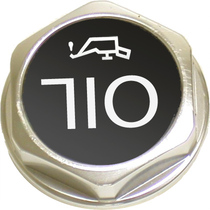
See? Visual discrimination is important. It's like mixing up b, p, d, and q. If I write you a note and say, "Can you please give me a hamburger bun?" I do not want you to say, "Wally wanted a career with a big hamburger chain but he got into a pickle when he couldn't cut the mustard." That would be a hamburger **P**un.
Children engaging in the visual discrimination exercises in Montessori help them to build up the visual cortex area of the brain, where the words first begin to get processed.
Focus the Child's Awareness on the Sounds of Language
A key aspect of Montessori language that is finally taking hold in other teaching methods is the teaching of sounds the letters make, rather than the names of the letters. Words are made up of sounds. For example, if I am sounding out the word cat, it has three sounds /c/, /a/, and /t/. It does not make the sounds "See Ay Tee." Otherwise, we could be calling a cat a "seeaytee." Imagine how hard it would be to sing the song "Supercalifragilisticexpialidocious" if it were pronounced "Es you pee ee are see ay el eye ef are ay jee eye el eye es tee eye see ee ex pee eye ay el eye dee oh see eye oh you es." Mary Poppins would become a ten-hour movie, just because of that song.
We teach children first to identify that words are made up of sounds. Rhyming games, "I Spy," and songs are all critical to helping the child discover this. Once they manage that, and they have a lot of practice with visual discrimination, we can begin to tie the two together by presenting them with the written symbols that sounds can be written down as symbols. Then we can begin to help them see that what their thoughts are can be written down as well.
I have seen so many problems when people focus on teaching sight-reading skills or even focus on the names of the letters, rather than the sounds they make. I cannot stress enough how difficult it is to resolve reading and writing issues later in life for those that learned incorrectly.
Focus the Child's Awareness on the Meaning of Language
I am just going to repost Joy Turner's own words with this. "...through the stages of naming things, expressing the names in writing, verbalizing ideas and expressing them in writing, toward the ultimate realization that reading is communication without having to hear what was said."
Notice how we are not starting by explicitly teaching reading or writing. We are constantly preparing the child for things and focusing their attention on things. The child will discover on his or her own these skills. Many of those skills can be found in my book Before the Sandpaper Letters: Creating Phonological Awareness in the Montessori 3-6 Classroom.
Five Pillars of Reading

Throughout the 20th Century, a debate has been happening about the best practices of how to teach reading. In 1997, the United States Congress asked the National Institute of Child Health and Human Development (NICHD) and the Secretary of Education to convene a panel to find the best practices to teach reading to children. The panel recommended five key elements, or pillars, to reading:
✓ Phonemic Awareness: The understanding words are made up of individual sounds. These sounds can be manipulated, changed, deleted, and moved around in the word to create new words.
✓ Phonics: There are written symbols that represent the sounds in the language, and learning what those are.
✓ Fluency: The ability to read clearly and easily, with the right tone and intonation.
✓ Vocabulary: Creating a rich vocabulary is important to reading comprehension.
✓Comprehension: The ability to understand what you have read.
All of these line up perfeclt with Joy Turner's article she wrote nearly twenty years before this. In an upcoming blog, I will talk about these more in-depth. To get updates, sign up on my Contact Page.
Matt Bronsil is the author of these posts. He can be contacted at MattBronsilMontessori@gmail.com
<<< Back to the full article list <<<
Recommended Teaching Books
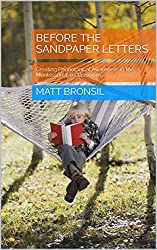
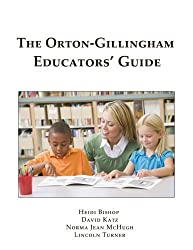
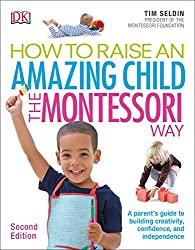
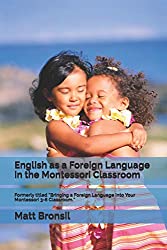
Montessori Teaching Blogs

Learn Easily
Teahing Videos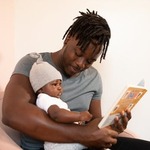
Teaching Reading
Teaching Reading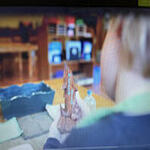
Montessori's Different
Montessori is Different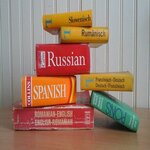
EFL and Montessori
EFL and Montessori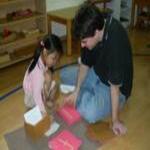
Become a Teacher
Become a Montessori Teacher
Silent E
Silent E
Shining Pennies
Shining Pennies